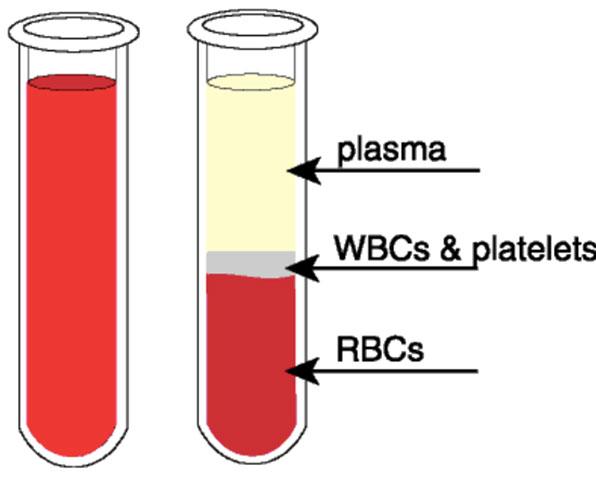
What is PRP?
Our blood is composed of erythrocytes (red blood cells), mono leukocytes (white blood cells) and plasma. The platelets activate different pathways involved in various growth factors. In PRP procedures, your own plasma is processed to be platelet rich, and then injected into the damaged tissue to activate the regeneration process to promote tissue repair and accelerate healing in the damaged joints.
At Emirates Integra, PRP injections are used to treat conditions including knee injuries, osteoarthritis, shoulder injuries and rotator cuff tears, tennis elbow, severe hamstring pulls, damaged Achilles tendon, plantar fascia & quadriceps injuries.
